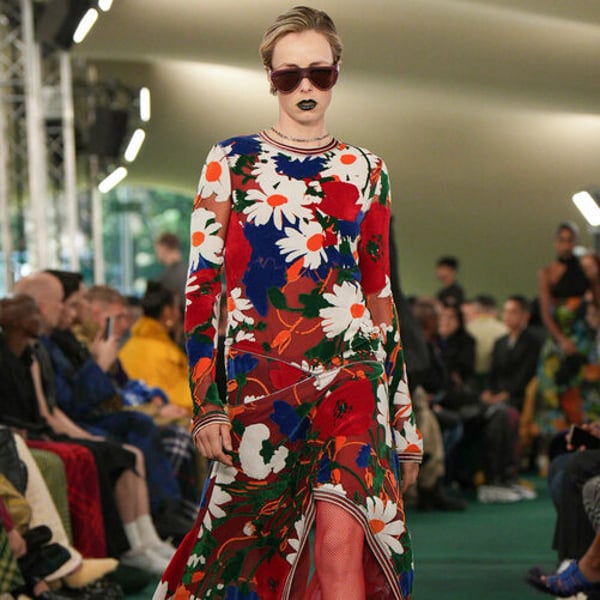By
Reuters API
Published
Nov 18, 2023
The slowdown in the luxury market following a post-pandemic boom could not come at a worse time for Burberry, with designer Daniel Lee‘s first styles for the British label trickling into newly refurbished stores.
Executives cautioned on Thursday that they would struggle to meet Burberry’s annual revenue forecast, pointing to a darkening macro economic climate across the globe and capping off a tumultuous reporting season for the sector.
Shoppers in the United States and Europe have grown cautious about splashing out on high-end purchases as the cost of living rises, while appetite in China has been deflated by a property crisis and record youth unemployment.
Burberry is in a “particularly difficult position”, compared to peers, said analysts at JPMorgan, citing the difficulty of shifting the label’s image upmarket when shoppers might be pickier about what they buy.
With fewer shoppers heading to Burberry stores, clinching a sale will be key.
“The challenge here is conversion”, said Chief Executive Jonathan Akeroyd in a call with analysts, adding that the brand would have to work particularly hard on increasing the number of shoppers who make a purchase as the industry grapples with lower footfall.
“That’s really what we’re focusing on,” said Akeroyd.
For Burberry, the challenge has steepened.
The company is undergoing an aesthetic overhaul aimed at stoking interest in the brand with better quality, higher priced products, such as the 2,890 pound ($3,582) medium-sized “Knight” bag.
It has been refurbishing stores at breakneck speed, opening more than one a week or 33 in the first half of the year in places like Los Angeles, Dallas, Houston, Omotesando in Tokyo and Bond Street in London, amounting to nearly 89 million pounds of investment.
Executives have also reduced the number of department stores where the brand is sold to focus on higher-end retailers, working with them to manage inventory to avoid a rush of discounts that could cheapen its image.
The label has filled its stores with new styles across a wider price range, including a renewed emphasis on its staple outerwear.
It has already also seen a “nice shift” to accessories, both shoes and bags, said Akeroyd.
British roots
Lee’s styles and a focus on the label’s British roots mark a departure from previous turnaround efforts led by designer Riccardo Tisci, who exited in 2022 after less than five years.
Lee is credited with drawing younger shoppers to Kering-owned Italian label Bottega Veneta with fashion hits like soft, clutch handbags and quilted leather mules. At Burberry he has applied colourful dandelion prints to garments and rolled out advertising campaigns with fuzzy ducklings.
His predecessor’s new typeface and monogram have disappeared, while the Equestrian Knight logo banished by Tisci has returned, rendered in bright blue.
“We like what Burberry is doing with product and range architecture, however, the timing is not ideal,” said analysts at RBC.
Former chief executive Marco Gobbetti focused on cost control but increased competition in the sector has prompted Burberry’s current leadership to ramp up investment, with rivals including Gucci-owner Kering and sector heavyweight LVMH also signalling their intentions to continue investing strongly in generating brand heat.
LVMH has also recently extended the contract of Louis Vuitton‘s womenswear designer Nicolas Ghesquiere, after already a decade in the job.
Burberry Chief Financial Officer Kate Ferry said the company was “absolutely committed to protecting all of the consumer-facing areas”.
“Alongside everyone else, you’d expect us to be careful where we can be but very much committed to marketing spend in particular,” she added.
Burberry’s costs increased 10% in the first half, and spending in the second half will be ramped up, executives said.
Its shares trade at just under 14 times forward earnings over the next 12 months, the lowest since 2009 and half the level of two years ago. Its PE ratio, widely used in financial markets to gauge the relative value of stocks, is the weakest in the luxury sector.
The end of the post-pandemic splurge that fuelled the sector’s soaring growth over the past three years has prompted investors to lower forecasts, even for larger players like LVMH that are considered better-equipped to weather the downturn.
“Negative sentiment will likely prevail for luxury turnaround stories for the next 6-12 months,” investment bank Citi said.
© Thomson Reuters 2023 All rights reserved.







